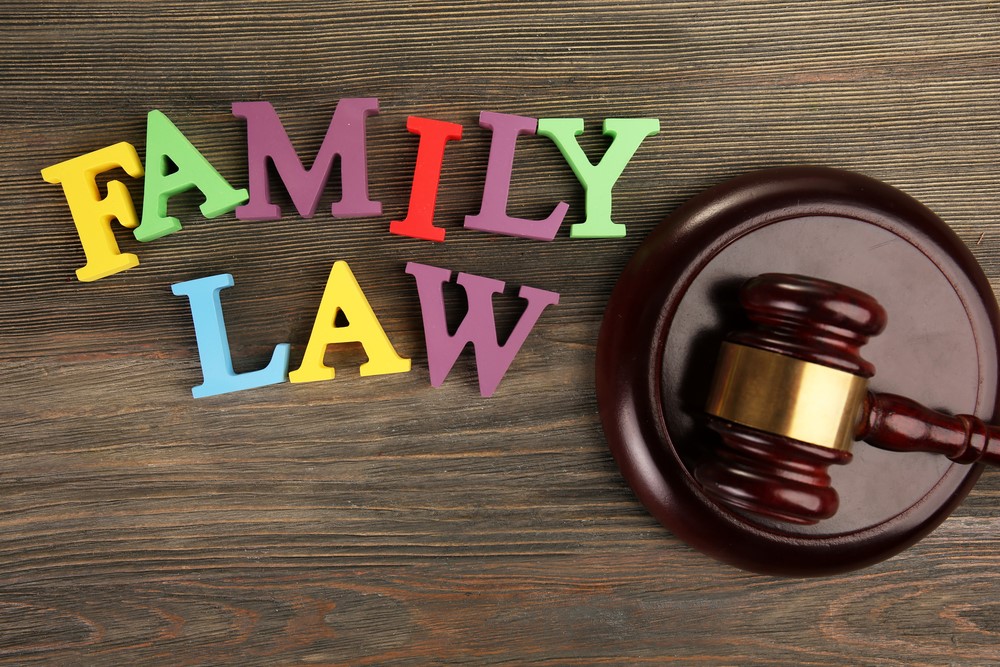What a major Court merger means for family law in Australia
What does the merger between the Family Court and Federal Circuit Court mean for family law in Australia? TGB lawyer Wendy Barry explains.

1 September 2021 marked the official ‘marriage’ of two courts, the Family Court of Australia and the Federal Circuit Court of Australia. In its place now stands the streamlined Federal Circuit and Family Court of Australia (FCFCOA). The merger is significant because both courts dealt with family law disputes. The Family Court of Western Australia continues to settle family law disputes in Western Australia.
The newly-formed FCFCOA aims to simplify legal processes and, in doing so, make the lives of Australian families easier.
Most believe this union is a much-needed structural reform and hold hopes that the merger will improve what had become an inefficient system.
While time will tell if the merger will help separating couples and their families to the extent that we hope, here’s what we expect going forward.
A new, unified administrative structure
First and foremost, the aim of this new two-structure court is to help streamline the legal process for families.
For decades, legal professionals and separating couples have expressed concern that the previous model of two separate and independent courts was flawed and dysfunctional. Of primary concern was the growing delays and, as a consequence, increasing costs, leaving people feeling trapped in ‘the system’. This has been creating added stress in what is already a challenging time for families, and especially children, who are often caught up in the process.
Under the new Court, procedures have been simplified to help deal with family law matters as quickly and efficiently as possible. There is a single-entry point to the FCFCOA along with a shared set of rules, processes, procedures and an emphasis on early attempts at alternative dispute resolution.
A faster system
Modernising the system to embrace innovation and technology have also been central to the Court merger. Some new changes include updated forms, case management processes, appeals management and resources. A new website should help parties better understand and navigate these changes.
The court anticipates that these changes will result in more cases being finalised every year, aiming to resolve more than 90 per cent of family law matters within 12 months.
Emphasis on dispute resolution
This new system focuses heavily on creating opportunities for parties to resolve disputes before heading to Court. Alternative dispute resolution can be faster, more affordable, efficient and far better from a wellbeing perspective, especially when children are involved.
Separating couples will be expected to make every effort to genuinely resolve issues or better identify them instead of going straight to Court or face potential cost orders against them. Clients must comply with the resolution proceedings unless it is unsafe to do so.
Enjoy the benefits of a flexible approach to family law
While Court improvements are welcomed, it isn’t the only way for separating couples.
At TGB we provide the best family law advice, solutions and pathways tailored for you, and that doesn’t necessarily mean you have to go through the Court process. With dispute resolution and collaborative divorce options available, along with other efficient and effective strategies, we’ll work with you to get the best possible outcome.
Find out more and get in touch here.